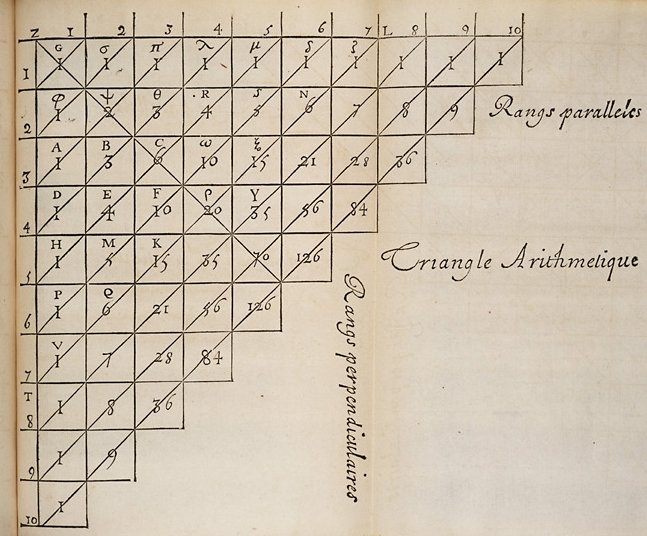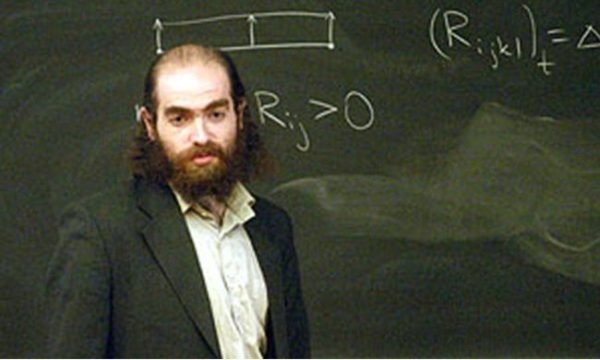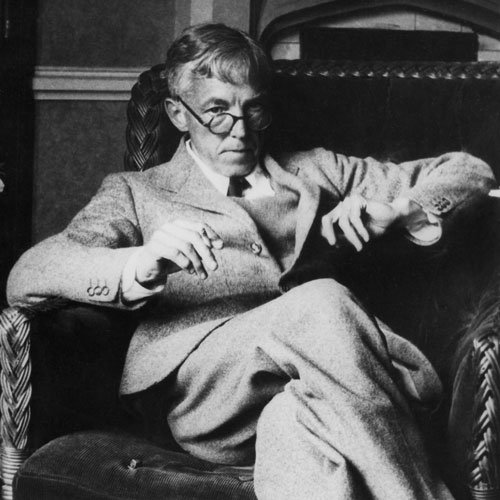Pascal’s triangle is probably one of the most famous of all mathematical diagrams. This is because the triangle is simple to construct but contains many patterns that are of interest to mathematicians.
 To construct Pascal’s triangle, it is enough to add two adjacent numbers and write the result in the middle of the bottom line. In this way you can continue the triangle indefinitely. However, the two sides of the triangle must always be one. You might think that such a simple rule for organizing numbers can only lead to simple results. But Pascal’s triangle is a fruitful field of study for various branches of mathematics, including algebra, number theory, probability and combinatorics (the mathematics of counting and arrangement).
To construct Pascal’s triangle, it is enough to add two adjacent numbers and write the result in the middle of the bottom line. In this way you can continue the triangle indefinitely. However, the two sides of the triangle must always be one. You might think that such a simple rule for organizing numbers can only lead to simple results. But Pascal’s triangle is a fruitful field of study for various branches of mathematics, including algebra, number theory, probability and combinatorics (the mathematics of counting and arrangement).
Pascal’s triangle also has multidimensional shapes.
The 3-dimensional form is known as Pascal’s pyramid or Pascal’s tetrahedron, while the other general shapes are known as Pascal’s simplifications.
To make sense of Pascal’s triangle, let’s try to look at its place in the historical process.
- What is the Phillips Curve? Does Inflation Reduce Unemployment?
- Lukashenko, we agreed with Putin, everything is ready!
Pascal’s Triangle is Known by Different Names in Different Geographies
Since the French mathematician, philosopher and theologian Blaise Pascal was the first to make a comprehensive study of the triangle in the 17th century, it is often referred to by his name. In particular, Blaise Pascal used the triangle to lay out the foundations of probability theory in his correspondence with the French mathematician Pierre de Fermat.
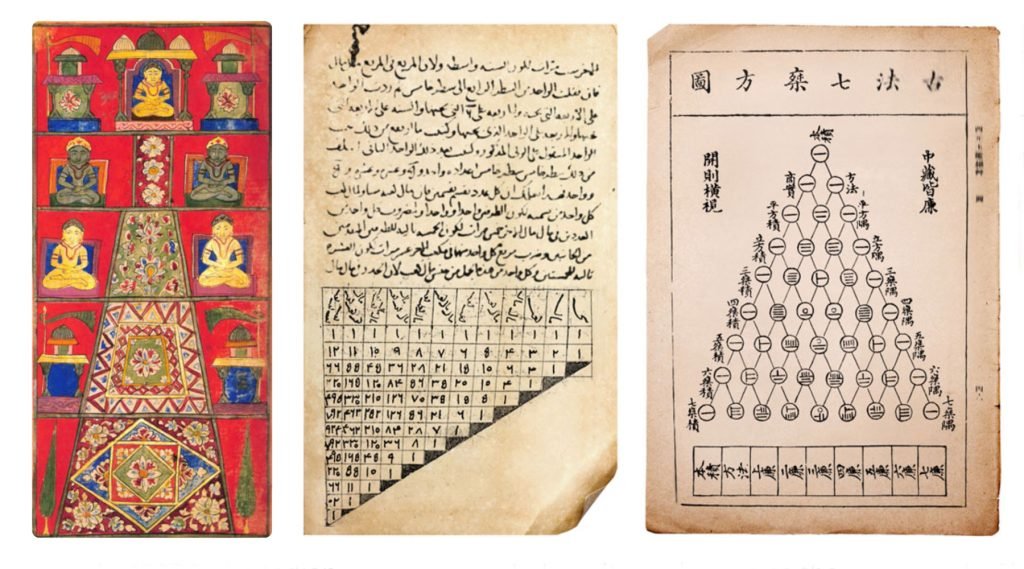
In Italy, however, the triangle is named after the mathematician Niccolò Tartaglia and is therefore known as the Tartaglia Triangle. But long before Pascal and Tartaglia, the triangle was actually known under different names. Therefore, its invention cannot be attributed to a single person.
Early Indian and Chinese mathematicians are known to have used this triangle for sums of mathematical series. The earliest references to Pascal’s triangle originated in India around 450 BC. This is why Indian mathematicians called the triangle the stairs of Mount Meru. In China, it is also known as Yang Hui’s Triangle.
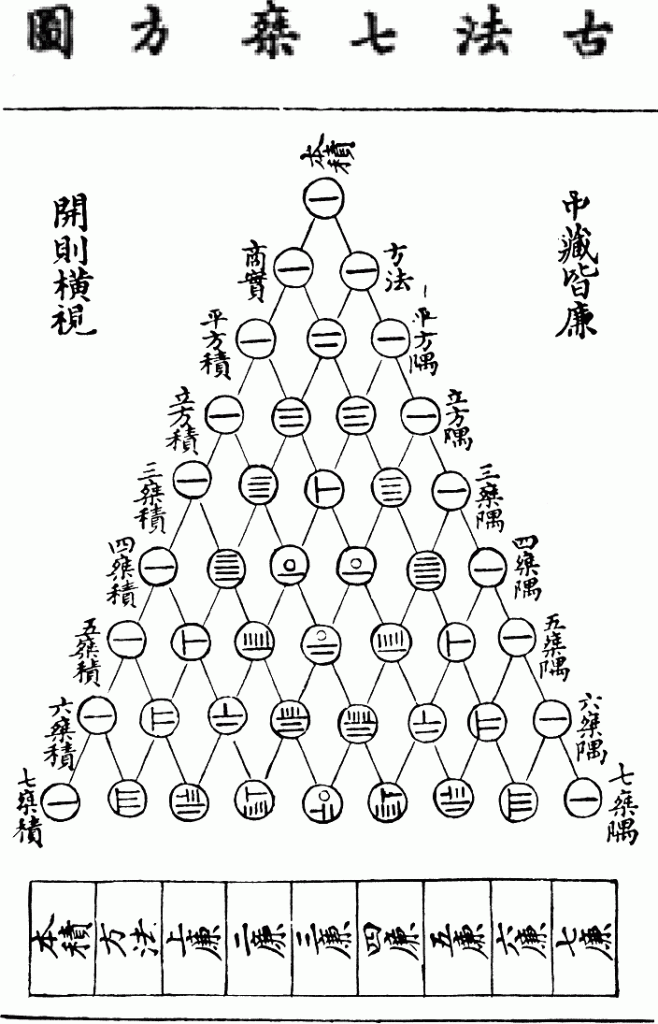
Later, in the Islamic world, the Persian poet, astronomer and mathematician Omar Khayyam (1048-1131) also investigated various properties of this triangle. For this reason, Pascal’s triangle is known in Iran as Khayyam’s triangle.
To access photos in high quality: Wikipedia

